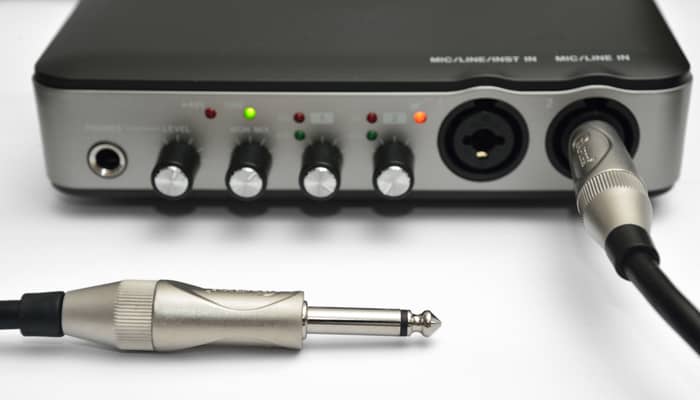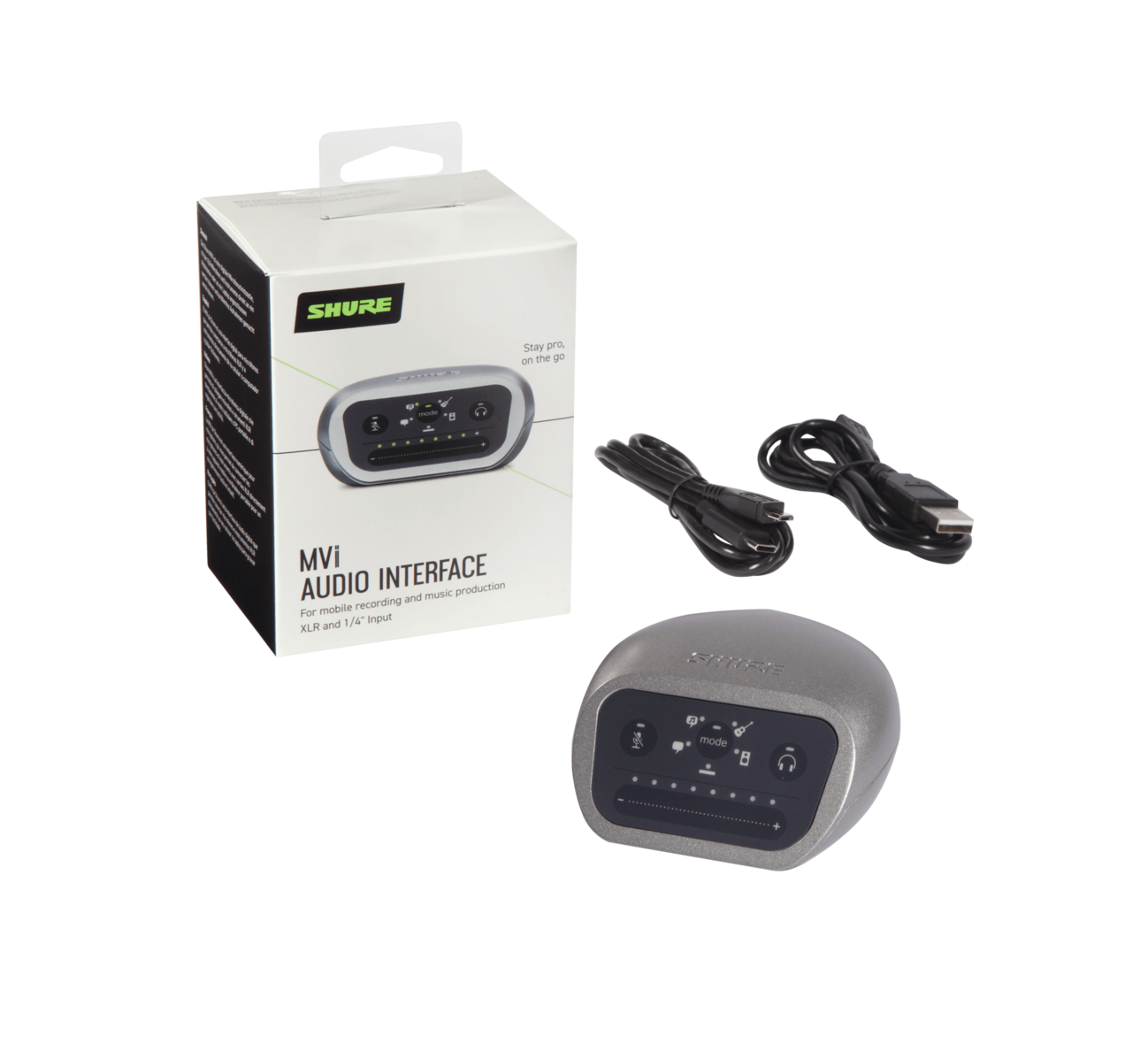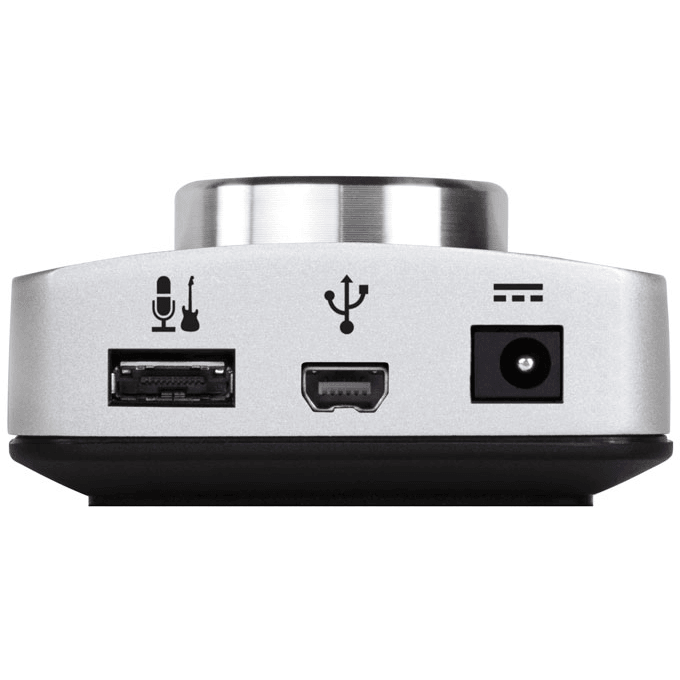

- #Usb audio input mac how to#
- #Usb audio input mac install#
- #Usb audio input mac driver#
- #Usb audio input mac trial#
- #Usb audio input mac mac#
Most of this is more than likely due to the driver being screwed up. I would also guess that your recordings sounding “gibberish” could be that they were attempting to playback, but using the wrong sample rate i.e.
#Usb audio input mac mac#
It will try and create an audio device from whatever else it knows is available, usually the internal Mac sound option, although I have had it try to configure itself to use Soundflower. You just need to switch to whatever is actually connected, for example when I physically disconnect my Helix, Logic creates a “temporary” thing until I tell it to use the U-phoria UMC204HD even though it was already hooked up to the Mac.

That “temporary” or something, that you mention occurs when Logic Pro X cannot detect the audio interface that was previously connected. So it might be kinda flaky, but it eventually works.
#Usb audio input mac install#
I also unplugged my helix after the 2nd install and plugged it back in after the reboot and after starting Logic. I reinstalled the driver (2nd time) and rebooted again, and so far it's been working (I've recorded multiple takes on several different projects and all seems to be working finally). I wished I paid better attention to that because I just selected the helix input device and the temporary one disappeared (it had been selected). I noticed when I went into logic and looked at the audio devices, the helix was there and there was another helix called 'temporary' or something. More experimentation is needed here.After I typed my first reply, it stopped working (for a bit). I don't know why this sometimes happens, because when I use some other Multi-Output Devices I have created that also includes my other computer connected via Thunderbolt in Target Display Mode, I can magically use the volume media keys as normal. But sometimes, the volume icon in the menu bar is grayed out and the volume can only be manipulated in Audio Midi Setup. Volume resetting to zero wouldn't have to be a big problem, if the normal volume controls (media keys and menu bar volume icon) worked as usual.There's quite a few tabs here, and the volume sliders on one of them may have been reset to zero.

Be sure to check all tabs (Input/Output) on both the aggregated Output device and and its aggregated sub-devices.
#Usb audio input mac how to#
It has stopped working a few times before, and while I haven't exactly identified how to mitigate the issue, I have noticed that something of the following may have helped to get it working again: When originally composing this answer, I couldn't get it to work even though I hadn't modified the setup that was working the day before. HOWEVER, while the above will work at times, I have noticed that the behaviour of Soundflower can be erratic from time to time. Tip: You can also change the Input/Output settings by holding ⌥ ( alt/opt) and left-clicking the Volume icon in the OS X menu bar. Now that you have created a Multi-Output Device, go back to System Preferences > Sound and select it on the Output tab as in Step 2. Now you can hear audio as usual while routing the Output into your Input via Soundflower. Mark to use both your Built-in Output and Soundflower (2ch). Press the + button in the bottom left corner, and press Create Multi-Output Device. It's located in your Applications folder under /Applications/Utilities. your Built-in speakers or attached headphones), you need to open the native OS X application Audio Midi Setup. If you want to hear the audio while it's playing on your normal Output device (e.g. You are now routing your Output to Input, and will be able to record the audio playing to an application like QuickTime, Evernote or Just Play Record.

If you're okay with not having to hear the output yourself, you can now go to the Output tab and select Soundflower (2ch). If you want to route the audio and hear it yourself at the same time, skip to Step 3. Go to the Input tab and select Soundflower (2ch) as the input device. Step 1Īfter installation, a new device will be available in System Preferences > Sound. It does this by routing your audio output as an audio input to the system. Soundflower is a virtual audio device for OS X that can pass audio from applications to other applications.
#Usb audio input mac trial#
Again, it is a paid product with a trial mode. It solves some issues with Soundflower, like reenabling volume up/down via the Mac media keys. Rogue Amoeba, the previous maintainers of the open source Soundflower project, has a new (paid) application called Loopback which seems to be easier and more dependable to work with than Soundflower.


 0 kommentar(er)
0 kommentar(er)
